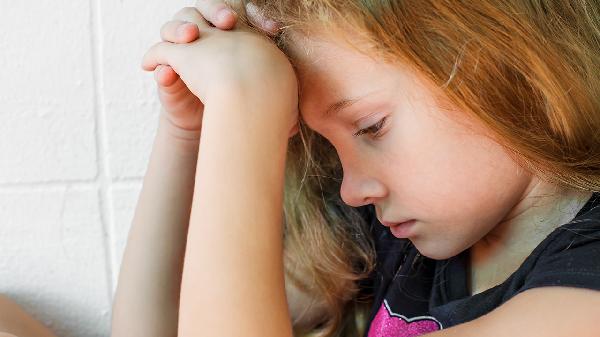Eggshell parenting is a term that's been making the rounds on social media, but it's far more than just another parenting buzzword. It describes a pattern of unpredictable emotional outbursts and inconsistent behavior that leaves children feeling like they're constantly walking on thin ice. If you grew up with a parent whose moods could shift from warm to explosive without warning, you might recognize this dynamic all too well. The good news? Recognizing these patterns is the first step toward breaking the cycle and fostering a healthier relationship with your own kids.
The Emotional Whiplash of Eggshell Parenting
Imagine a home where one moment, your parent is laughing with you, and the next, they're screaming over something as small as a spilled glass of milk. That’s the emotional whiplash kids experience with eggshell parenting. Unlike typical parenting frustrations—where a parent might snap but later apologize—eggshell parents often justify their outbursts, leaving the child to internalize blame. Dr. Sage explains that this inconsistency creates a disorganized attachment style, where the very person who should provide safety becomes a source of fear. Kids in these environments learn to scan for subtle cues—a clenched jaw, a sudden silence—to brace for what’s coming. Over time, this hypervigilance can wire their nervous systems for constant alertness, leading to anxiety, people-pleasing tendencies, or even emotional withdrawal in adulthood.
Why Eggshell Parents Struggle to Change
Breaking free from this cycle isn’t easy, especially when the behavior stems from unprocessed trauma. Many eggshell parents grew up in similarly volatile households, normalizing these reactions. Kiss points out that trauma isn’t always about dramatic events—it can be the cumulative effect of small, daily unpredictabilities that left you feeling unsafe. Without intervention, these patterns replay automatically. The key? Recognizing that your reactions might be trauma responses, not conscious choices. For example, if you were punished harshly for mistakes as a child, you might overreact to your own child’s errors without realizing why. Therapy can help unpack these triggers, but even solo practices like journaling or mindfulness can start rewiring those knee-jerk reactions.
Tools to Break the Cycle
If you’ve ever snapped at your kid and immediately thought, "I sound just like my mom/dad," you’re already ahead—self-awareness is the foundation for change. Dr. Guarnotta’s "internal thermometer" technique is a game-changer: Picture your emotions as a rising temperature gauge. When you feel it climbing (tight chest, quickened breath), that’s your cue to step away—even if just for 30 seconds—before responding. Another strategy is the "pause-and-plan" method: When triggered, literally count to five while asking, "Will this reaction help or hurt?" Simple scripts like "I’m feeling frustrated right now; I need a minute" model emotional regulation for kids while giving you space to reset. And if you do lose your cool? Own it. A genuine "I’m sorry I yelled; that wasn’t okay" teaches accountability and repairs trust.
When to Seek Help
If you find these strategies overwhelming or keep falling back into old patterns, professional support can make all the difference. Look for therapists specializing in childhood trauma or parenting coaching. Group therapy or parenting classes (like Circle of Security) can also provide community and practical tools. Remember: Wanting to change proves you’re not an eggshell parent at heart—those stuck in the cycle rarely see a problem. The fact that you’re trying? That’s the first step toward giving your child the emotional safety you might not have had.
Parenting is messy, and no one gets it right all the time. But if you’re working to replace unpredictability with patience, and blame with repair, you’re already breaking the cycle. Your kids might not remember every time you kept your cool, but they’ll never forget the safety of knowing you’ll always come back to love.
























